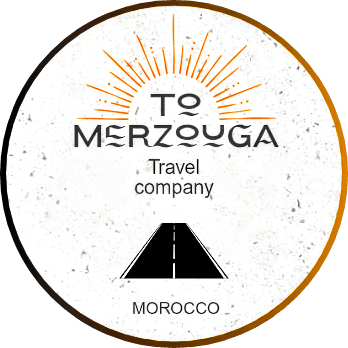languages spoken in Morocco : Arabic & Berber
Morocco, a beautiful country nestled in North Africa. Well-known for its magical beauty, diverse landscapes, warm hospitality, vibrant culture, and a long history. From the high Atlas Mountains to the golden dunes of the Sahara Desert and the vibrant souks of cities like Marrakech and Fes, Morocco offers a unique blend of traditionionality and modernity. Get to know more about languages spoken in Morocco
One of the most important aspects of the Moroccan identity is its linguistic diversity. With a mixture of indigenous, official, and foreign languages, Morocco is a multilingual society. In this blog post, we will explore the official and widely spoken languages in Morocco, in order to help travelers, culture enthusiasts and anyone interested in Morocco etc…
I. Moroccan Arabic (Darija): The language of the Streets
While most Moroccans identify as Amazighs (Berbers), Moroccan Arabic is also known as Darija, is a widely spoken language in everyday life, especially in urban areas like Casablanca, Rabat, Marrakech, and Fes.
Darija is a dialect of Arabic, but it is different from the Standard Arabic, the formal form of language people use in the media, education, and formal communication across the Arab world. Tamazight, French, Spanish, and even some English has a key role influencing Moroccan Arabic, making it a rich language variation unique to Morocco.
Despite the fact that Darija may sound different to Arabic speakers from other countries, but it remains an important dialect of Arabic that is mostly used in casual conversations, music, television shows, and social media here in Morocco.
II. Tamazight (Berber): The Indigenous languages spoken in Morocco
Tamazight, or Berber, serves as the second language of Morocco, and the 2011 Moroccan Constitution officially recognized it. This language reflects the identity and heritage of the Amazigh people. The indigenous inhabitants of North Africa who have lived there for thousands of years.
Tamazight is not a single language but a body of dialects. People in Morocco speak three main Berber dialects in different regions:
- Tarifit in the Rif Mountains (northern Morocco)
- Tachelhit in the Middle Atlas region
- Tassoussit in the Souss and High Atlas regions
The government has taken some steps to preserve and promote Tamazight, including integrating it in education and displaying it on public signs alongside Arabic and French.
III. Foreign Languages in Morocco
Due to its history of colonization and its geographical position, Morocco is home to a number of foreign languages that are widely spoken and understood, especially in urban areas and touristic destinations.
1. French: The Language of Business and Administration
French plays a key role in the Moroccan society. People often see it as the language of business, diplomacy, and higher education. This linguistic legacy emerged from the French colonial period in Morocco (1912–1956), during which French became deeply rooted in Moroccan institutions, education, and legal systems.
Today, many documents, university courses, and commercial interactions in Morocco are all in French. It is also the primary foreign language taught in schools and is spoken fluently by a large number of the population.
2. Spanish: Spoken in the North
While French dominates most of Morocco, Spanish has more presence in the northern regions, such as Tetouan, Tangier, and the Western Sahara, due to Spain’s colonial history in those areas. Consequently, many people in the north speak Spanish or incorporate some Spanish words in their daily speech. Moreover schools and local media in these regions also use and teach Spanish.
3. English: The Language of the Future:
In recent years, English has become more popular, especially among Moroccan youth and professionals. English is regarded as the global language of science, technology, and business, making it the language of the future.
Many students are now choosing to learn English instead of French, and there has been a significant shift in education and public interest toward promoting English language learning. As a result, Morocco is becoming more English-friendly, especially in tourism, international trade, and digital media.
IV. Conclusion:
The coexistence of many languages spoken in Morocco paints a vivid picture the pluralistic identity of Morocco From indigenous Tamazight spoken in mostly rural areas to Darija in urban markets, from French in institutions to Spanish in the northern part and English in the hands of our youth, Morocco thrives on linguistic diversity.
This multilingualism is not a barrier; instead, it reflects the open-mindedness and adaptive spirit of Moroccans. Also, It allows a great deal of cross-cultural communication, enriches linguistic and national heritage, and opens doors to global connections.

